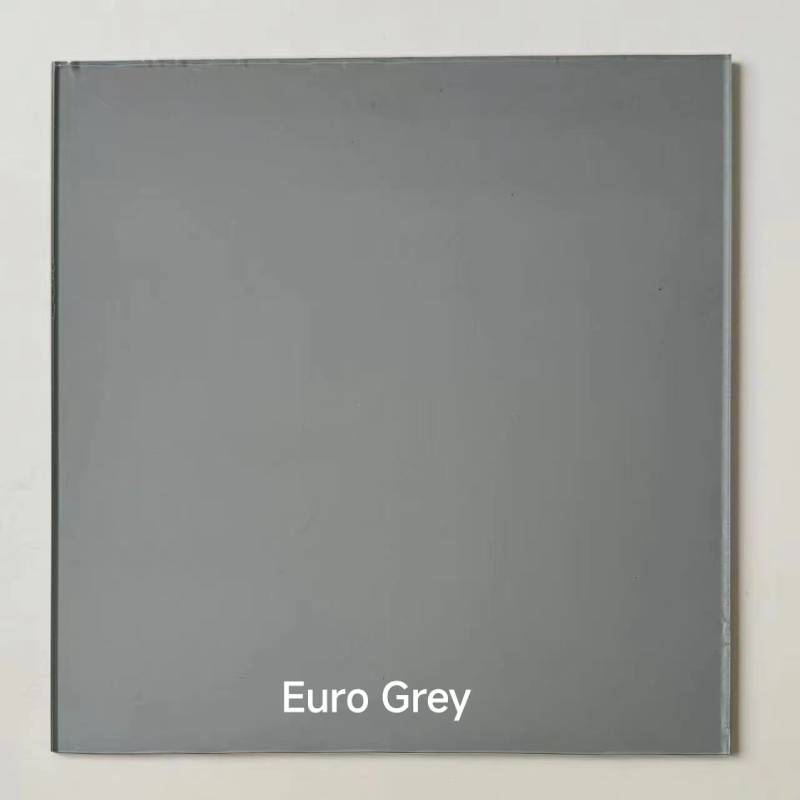

The Allure of Designer Frosted Glass A Modern Marvel in Interior Design
Frosted glass has emerged as a captivating choice in the world of interior design, providing a blend of elegance, functionality, and modern aesthetics. As the name suggests, this type of glass is treated to create a frosted look, which obscures visibility while allowing natural light to penetrate the space. Its versatility and stylish finish have made it a favorite among architects, designers, and homeowners alike.
One of the key benefits of frosted glass is its ability to enhance privacy without sacrificing luminosity. In an age where open floor plans are increasingly popular, maintaining a sense of privacy in shared spaces can be challenging. Frosted glass partitions can be used to delineate areas within a home or office, creating distinct zones while still allowing light to flow through. This feature is particularly advantageous in areas such as bathrooms, conference rooms, and open offices, where privacy is essential.
Beyond its practical benefits, frosted glass contributes to a sophisticated ambiance. It can be utilized in various applications, from bathroom windows to shower enclosures and kitchen cabinetry. The soft, diffused light that frosted glass produces helps to create a serene and inviting atmosphere. Designers often choose frosted glass for its ability to add a modern touch to traditional settings or enhance the minimalistic aesthetic of contemporary spaces.
The customization options available for designer frosted glass are limitless. Architects and designers can select from various thicknesses, finishes, and even colors to suit their specific design needs. For instance, sandblasted frosted glass features a texture that adds depth and interest, while etched glass offers intricate patterns or designs that can serve as focal points in the design. This customization extends to the manufacturing process, where designers can request unique shapes and sizes to fit specific requirements.

Frosted glass also pairs beautifully with other materials. It complements wood, metal, and stone, providing a stylish contrast that elevates the overall design. For example, a frosted glass door can create a stunning entryway when framed in rich hardwood, blending the contemporary with the classic. Additionally, in commercial spaces, frosted glass can enhance branding efforts when printed with logos or slogans, combining aesthetics with marketing strategy.
Sustainability is another consideration driving the popularity of frosted glass in design. As more consumers become aware of environmental issues, there is a growing demand for sustainable materials. Glass is inherently recyclable, and when treated to create a frosted effect, it can often be produced with eco-friendly methods that reduce waste. Designers are increasingly opting for suppliers that prioritize sustainability, ensuring that their projects not only look beautiful but are also environmentally responsible.
However, despite its many advantages, there are considerations to keep in mind when incorporating frosted glass into a design. One important factor is maintenance; while frosted glass is relatively easy to clean, it can show fingerprints and smudges more readily than clear glass. Using the appropriate cleaning products and techniques is crucial to maintaining its pristine appearance. Furthermore, installation requires expertise to ensure that glass elements are securely mounted and align with the overarching design.
In conclusion, designer frosted glass represents a perfect marriage of form and function in modern interior design. Its ability to provide privacy, diffuse light, and enhance overall aesthetics makes it a sought-after choice for various applications. As the design landscape continues to evolve, frosted glass will undoubtedly maintain its place as a staple material in both residential and commercial environments. Embracing the versatility and beauty of frosted glass allows designers to push creative boundaries while delivering practical solutions that resonate with the needs of contemporary living.